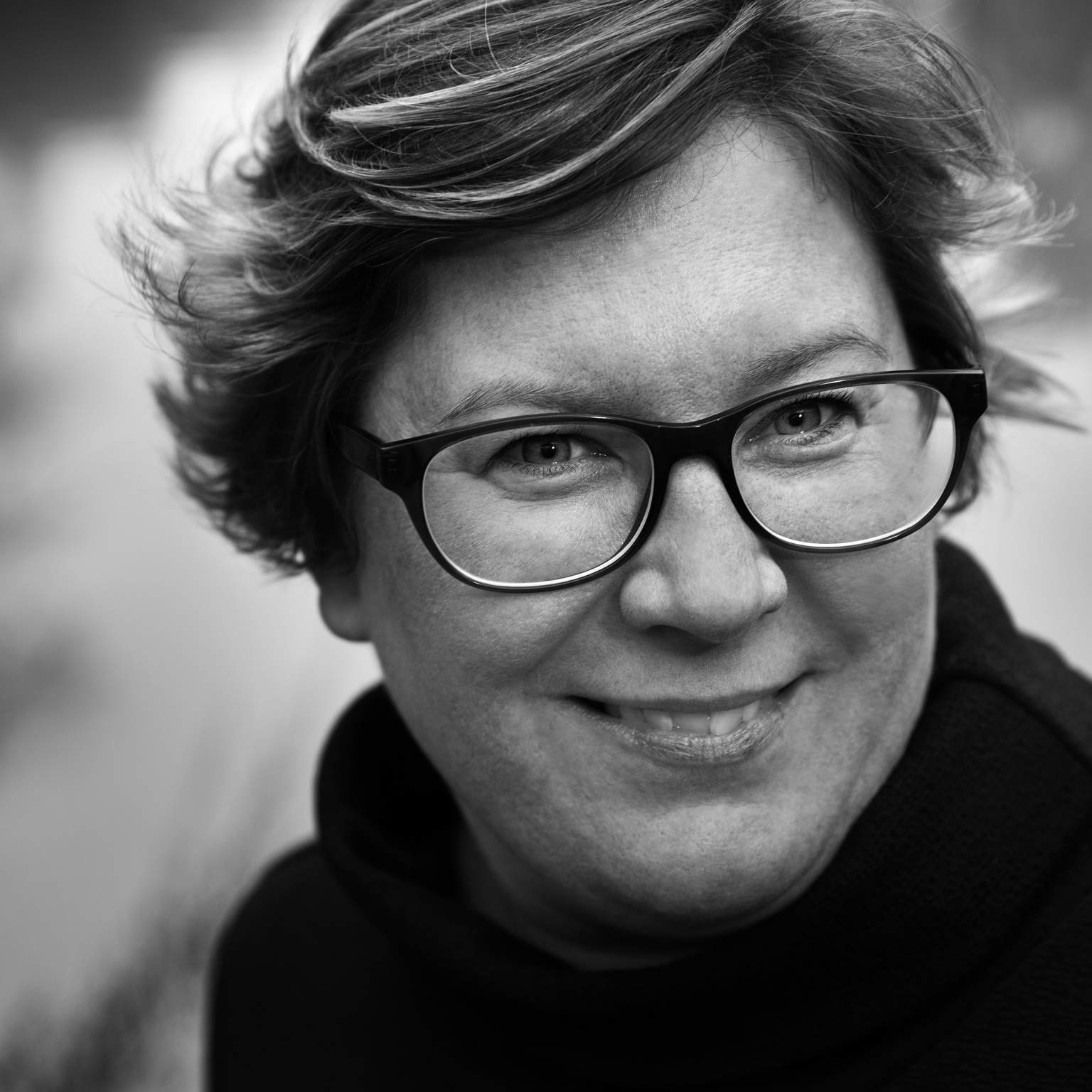Design is inherently a future-oriented practice. But how can we envision desirable futures on a troubled planet? Does society have a "crisis of imagination"? And if so, can designers help us both speculate about practices of tomorrow, and inspire us to take action? Climate Futures Now! brings together projects from the 4TU community, via the Design United Expo and an afternoon Dialogues session at DDW23.
The role of design
Design’s role in society’s transitions to a more sustainable future combines technological innovation with creative and humanistic dimensions. An important component of this is engaging with imagination: how can design methods help people imagine, explore, and experience different futures, for themselves and society more widely? How can design methods enable hope in times of crisis? Writers and thinkers focused on how societies conceive of the future have, in recent years, used terms such as “the imaginary crisis” (Geoff Mulgan, 2020), “crisis of imagination” (Amitav Ghosh, 2016), and the need for “imagination infrastructure” (Cassie Robinson, 2021) to capture this notion that there is a shortage of new ideas; in an era of urgency for some and apathy for others, it is easy for people to feel overwhelmed with powerlessness, and the complexities and uncertainties of the situations ahead of us. What futures do we understand, hope for, or envision, for our own communities or others?
These questions in fact highlight the value that design research and practice can bring. Designers are adept at enabling people to share and externalise their thinking with others (through participatory methods, games, and other creative practices), at bringing out creativity, at giving voice to groups whose ideas are underrepresented in dominant narratives, and (through technological expertise) at turning ideas into forms that people can engage with—prototypes which can be experienced, used, lived with, and reflected upon. Designers can bring plural possible futures to life, in the present.
How designers work with climate futures
This approach allows design researchers to engage with future technologies (or new uses of old or existing technologies), while making use of design as a level field of collaboration between individuals and communities, and the wider systems of infrastructure, government, and our relationships with nature. In Climate Futures Now! we see examples of projects that focus mainly on bringing to life possible new visions for aspects of everyday life, from green roofs to birdhouses; glimpses of (provocative) speculations of alternative futures, from energy politics to energy exchange; and activities that enable us to explore and co-create our own roles in different futures. We also have a strong strand of games which bring some of the decisions and modelling in future scenarios to life through playful experiences where we are put into different roles, from redesigning our food systems to how to manage rivers.
Designers’ engagement with futures research has rapidly expanded in recent years, moving from disconnected roles as primarily executors of particular corporate technology visions (or, occasionally, more critical artistic speculative perspectives), into a more deeply embedded place in modelling and probing futures, especially in the contexts of transition studies. European and international initiatives, from the EU’s New European Bauhaus programme to the United Nations Development Programme’s Strategic Innovation Unit, and the UNESCO Chairs in Futures Literacy programme, have all started to recognise design and design methods as being integral to an inclusive approach to futures, but a specific focus on supporting imagination, and the creative participatory dimensions of this, is starting to emerge. We hope that Climate Futures Now! can give a glimpse into this growing area of urgent importance for the design community. If the future is important to you, please join us.




